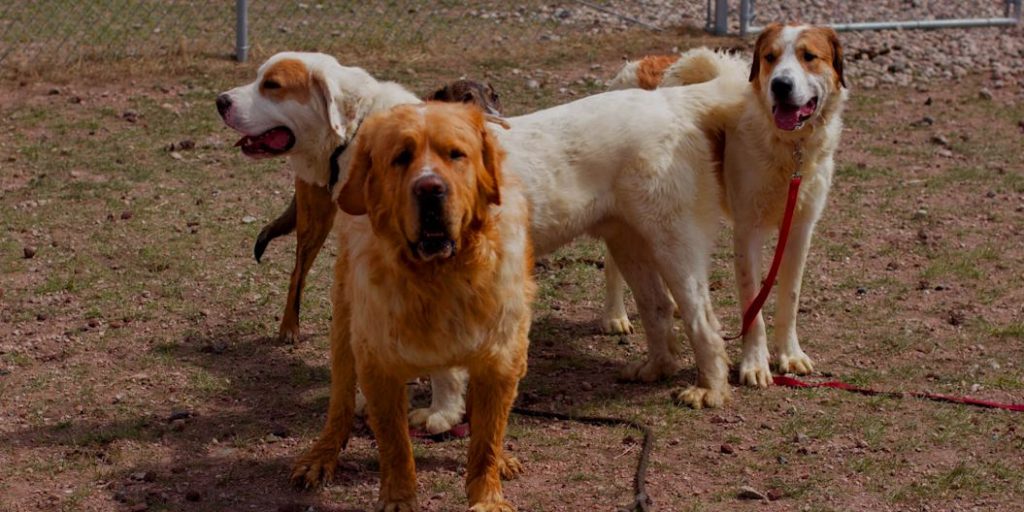Shelters play a critical role in providing refuge and care for animals in need, yet they grapple with many challenges that significantly impact the animals they house and the organizations themselves. The hurdles shelters face are multifaceted and often deeply impactful from overcrowding to limited resources and funding constraints.
Exploring Shelter Conditions
Overcrowding
One of the primary challenges shelters face is overcrowding. Limited space coupled with a continuous influx of animals puts immense strain on resources, exacerbates stress for animals and staff and compromises the quality of care.
Limited Resources
Shelters often operate with limited resources, including staff, supplies, and infrastructure. This scarcity can affect the care animals receive, potentially leading to compromised health and well-being.
Funding Constraints
Financial limitations significantly impede the ability of shelters to expand facilities, improve services, and provide necessary medical care. Relying on donations and grants, shelters often struggle to meet the growing demands.

Impact of Shelter Life
Physical Toll
Shelter life can take a toll on animals, leading to physical health issues due to stress, overcrowding, and inadequate living conditions. Lack of proper nutrition, limited exercise, and exposure to pathogens in communal living spaces contribute to declining an animal’s physical health.
Emotional Stress
The emotional toll of shelter life on animals is profound. Being uprooted from familiar environments, facing abandonment, and constant exposure to other stressed animals can lead to behavioral issues such as anxiety, depression, and aggression.
Understanding these challenges highlights the need for support, awareness, and change within the shelter system. Collaborative efforts from the community, government support, and increased public awareness can help alleviate some of these challenges. Providing resources, volunteering, advocating for better funding, and promoting adoption are ways individuals can improve shelter conditions and ensure the well-being of animals in need.
By addressing overcrowding, enhancing resources, and advocating for animal welfare, we can strive to create a more compassionate society, providing these shelters with the means to offer the care and support these animals deserve.



